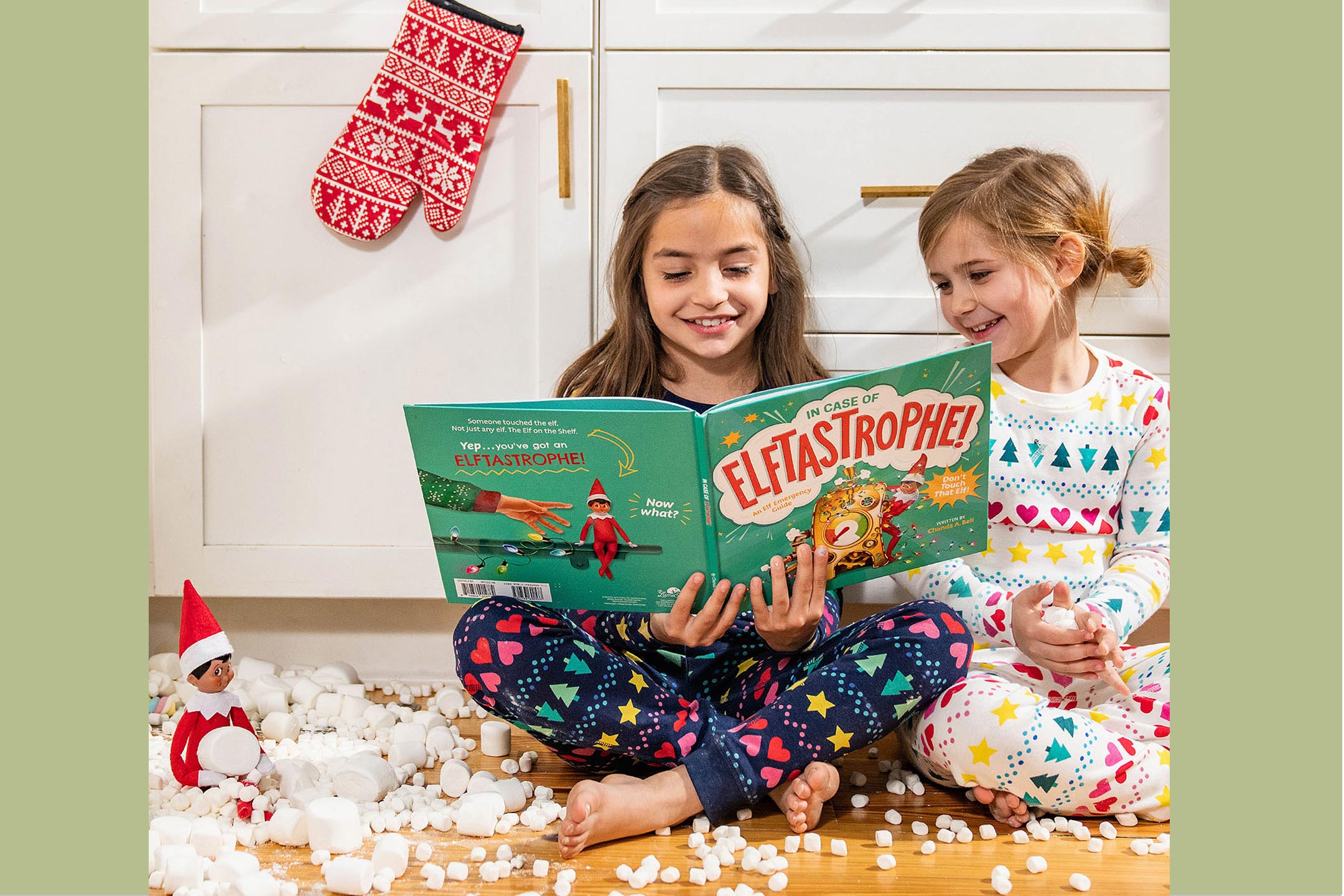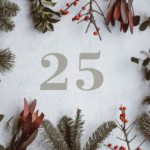
28 Nov The Elf on the Shelf – a lighthearted and fun way to add excitement to the holiday season
While the ‘Elf on the Shelf’ has been criticised, it’s meant to be light-hearted and to encourage kids to be kind at a time of the year when anxiety is high.
The Elf on the Shelf is a new Christmas tradition that originated from a children’s book of the same name written by Carol Aebersold and her daughter Chanda Bell. The book was self-published in 2005 and tells the story of a scout elf whom Santa Claus sends to monitor children’s behaviour in the days leading up to Christmas.
“Have you ever wondered if Santa could know if you’re naughty or nice each year as you grow? For 100s of years, it’s been a big secret. It now can be shared if you promise to keep it.” So open the book…
The basic premise is that the elf is “adopted” by a family, and they give it a name. The elf then moves around the house each night while the children are asleep, keeping a watchful eye on their behaviour. The idea is that the elf reports back to Santa Claus each night about whether the children have been naughty or nice. The next morning, the children discover the elf in a new location, and the process repeats until Christmas.
The Elf on the Shelf has become a popular and widespread tradition in many households, and it’s often seen as a fun way to add excitement and magic to the holiday season. Families get creative with the placement of the elf, coming up with various scenarios and poses for it to be found in each morning. Some families even incorporate rules, such as not touching the elf, as it is believed that doing so may cause the magic to be lost.
The popularity of the Elf on the Shelf has grown over the years, and it has become a cultural phenomenon with various merchandise, spin-off books, and even an animated TV special.
The tradition is generally viewed as a lighthearted and fun way to add excitement to the holiday season. However, there are a few considerations that parents might want to keep in mind:
- Responsibility and Behavior Monitoring: Some parents appreciate the idea that the Elf on the Shelf can be used as a tool to encourage good behaviour in children leading up to Christmas. However, it’s important to strike a balance and ensure that children understand the difference between good behaviour for its own sake and behaving just to receive gifts.
- Pressure and Stress: The tradition can potentially create stress for parents who feel pressured to devise creative and elaborate scenarios for the elf each night. Remembering that the tradition should be enjoyable and not add unnecessary stress during an already busy time of the year is important.
- Inclusivity and Different Traditions: While the Elf on the Shelf has become a popular tradition for many families, it’s essential to be mindful that not everyone celebrates Christmas or follows this particular tradition. Families with diverse cultural or religious backgrounds may have their own unique traditions during the holiday season.
- Managing Expectations: Children may talk to each other about their elves and the experiences they have at home. This could potentially lead to comparisons or feelings of missing out if one child’s elf seems to be more active or creative than another’s. Parents can manage expectations by emphasising the uniqueness of each family’s traditions.
- Sensitivity to Children’s Feelings: Some children may find the idea of a “scout elf” watching them unsettling or anxiety-inducing. Parents should be sensitive to their children’s feelings and reactions to the tradition. If it causes discomfort, it’s okay to adjust or reconsider how the tradition is implemented in the household.
Ultimately, the Elf on the Shelf is a developing tradition that families can choose to embrace or modify based on their preferences and values. It’s important to prioritise the well-being and happiness of the children and make sure the tradition enhances the joy of the holiday season rather than adding stress or negative feelings.







